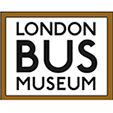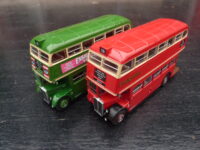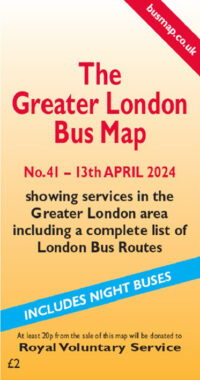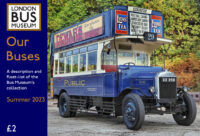The London Bus Museum is pleased to welcome you on board a bus journey that has taken 150 years
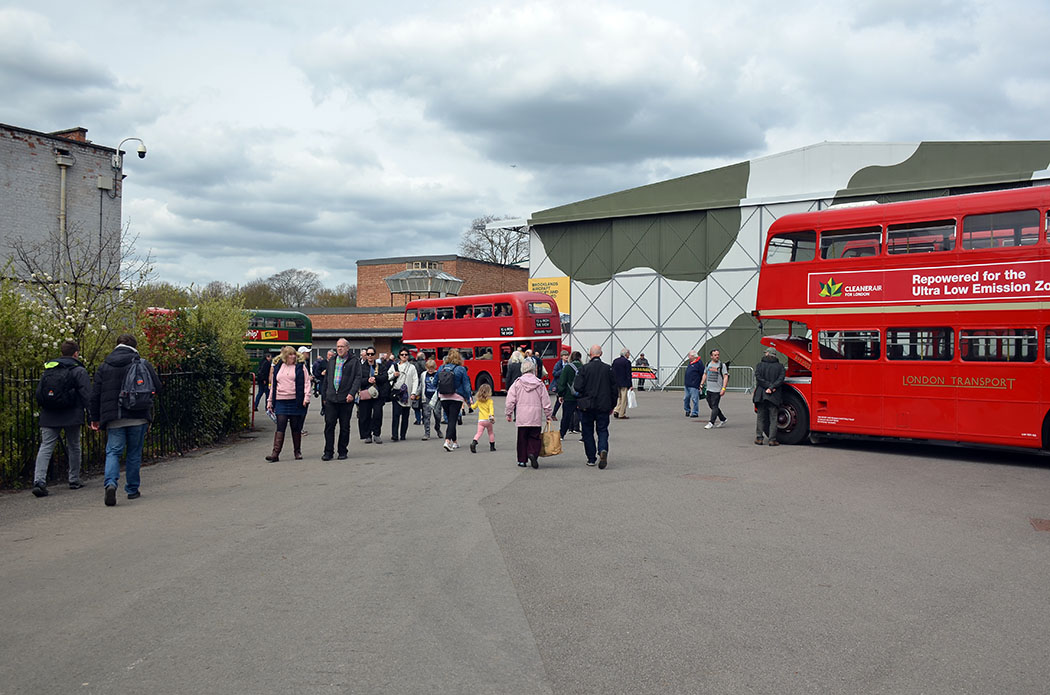
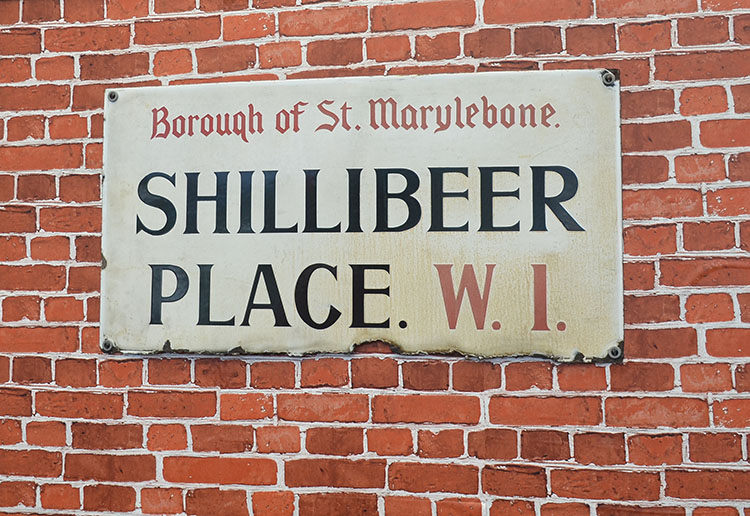
Have you ever wondered what happened to all those wonderful old buses that ran in London and which you only now see in old films and books? Well, the good news is, some of them live on! While thousands went to the scrap yard at the end of their working lives, some have found their way into preservation as living, moving museum pieces at London Bus Museum. Here you will discover the largest collection of working historic London buses in the world, a priceless heritage representing more than 150 years of public transport evolution in the capital.
London Bus Museum is much, much more than simply a display of old buses for enthusiasts; its aim is to present the unique engineering heritage of the collection in its historical, social, technological and educational background.
Here you can re-live the happy times of travelling on these knights of the road, experience the sights, sounds and smells of a past age, evocative of colourful liveries, elegant coachwork, fine leather and moquette upholstery. A wonderful day out with a difference - indefinably nostalgic for those who rode on them, as well as a world of fascination and wonder for the younger generations, many of whom have never even been on a bus!
London Bus Museum displays the culmination of 50 years of preservation work and provides the opportunity to see our vehicles and artefacts in a light, airy and modern environment.
We hope to welcome you for a day out with us at London Bus Museum or at our Heritage Events soon!
-
- Our opening times and prices
- Visit Shillibeer Place, our Museum Shop for a wide range of books, models and gifts during Museum opening times, and at all times for online orders
- Take a Bus Ride in a traditional London double-deck bus. These operate every day in the school holidays subject to crew and vehicle availability
Latest Museum News
-
Falcon Bus 436
Read MorePlease note that for the time being, Falcon Bus 436 (Weybridge – Brooklands – Byfleet – Woking) is unable to serve the Brooklands Museum stop.
Comments off -
Museum Events
- 12 May, 24Upcoming
HCVS 61st “London” to Brighton Run 2024 – starting from Brooklands!
Sunday, 7:00 am - 5:00 pm
